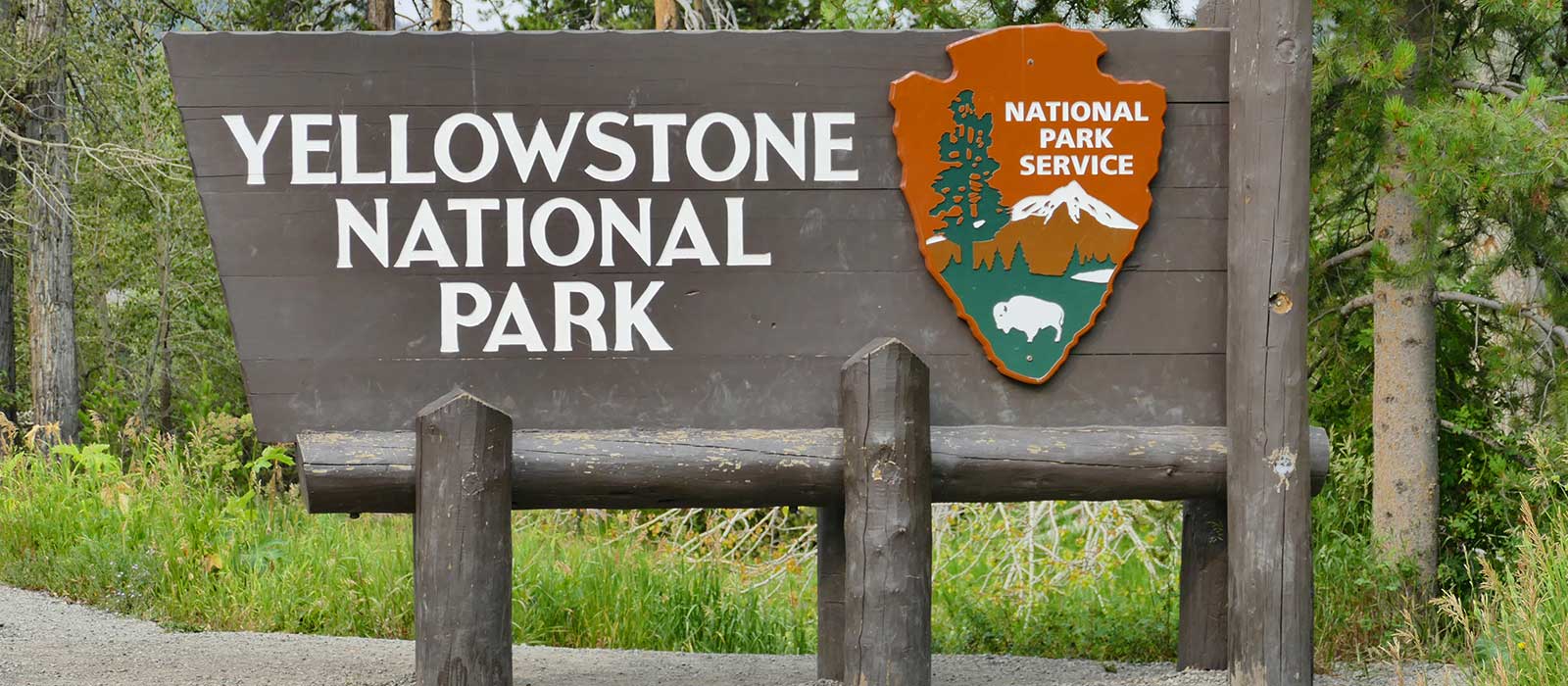Avoid the Crowds
Discover the Untouched Beauty of Yellowstone's East Gateway
For those yearning to venture into Yellowstone National Park while avoiding the abundant crowds of summer, taking the road less traveled promises grand rewards. The East Entrance Road, a path far less beaten with tourists, winds its way through an untouched world brimming with craggy peaks, lonely meadows, the quiet eastern shores of Yellowstone Lake, and abundant wildlife.
Crossing the East Gate into Yellowstone
Your journey along the East Entrance Road starts with the impressive Absaroka Range. These iconic snow-dusted peaks, over 13,000 feet in areas, set a rugged stage for the journey ahead through Yellowstone’s East Gate. The range's highest peaks are further from the road, but the surrounding scenery is no less stunning, with dense evergreen forests covering the foothills and providing habitat for an array of wildlife.
Wildlife Encounters in Green Forests
As the road winds through the foothills of the Absarokas, you'll pass through verdant forests of fir, spruce, and pine. These woodlands, teeming with wildlife, offer a chance to spot animals such as moose, elk, and perhaps even a bear or a wolf. The forests are a haven for birdlife as well, though spotting a golden eagle would be a lucky and rare treat.
Sylvan Pass – Elevated Views
In Yellowstone country, the journey offers as much splendor as the destination. And nowhere is that more evident than when traversing the soaring heights of Sylvan Pass on the park's captivating yet less traveled East Entrance Road. More than just a route into Yellowstone's natural sanctuaries, this 8,530-foot mountain pass shapes up to be the crown jewel itself.
As the road starts winding skyward, allow the tranquility of the surround sound birdcalls combined with glimpses of nimble bighorn sheep traversing steep ravines to settle your senses. Suddenly, the pass unveils itself in all its glory. Capture panoramic postcard views on the way.
Sylvan Pass is not just a means to an end but a destination in its own right, encapsulating the spirit of Yellowstone in every curve and vista.
Beyong Sylvan Pass – Tranquil Valleys
As you journey beyond Sylvan Pass along the East Entrance Road, the rugged mountain terrain gradually gives way to a more serene and tranquil landscape of meadows and valleys. This part of Yellowstone, often overlooked in favor of the park’s more famous geothermal areas, offers its own unique and peaceful charm.
These open areas are a haven for Yellowstone’s wildlife. Large herds of bison can often be seen grazing in the meadows, their presence a powerful reminder of the wildness that Yellowstone preserves. It’s not uncommon to see these majestic animals roaming freely, a sight that harkens back to the days when vast bison herds wandered the American West.
Wolves, too, can sometimes be spotted in these valleys. While sightings are less common than bison, the chance to observe these elusive predators in their natural habitat is a thrilling possibility. Their presence speaks to the success of Yellowstone's wolf reintroduction program and the ecological balance the park maintains.
Yellowstone Lake: A Jewel in Heart of Yellowstone
As you journey along the East Entrance Road in Yellowstone National Park, one of the most awe-inspiring destinations you'll encounter is Yellowstone Lake. This magnificent body of water is not just a scenic highlight; it's a central feature of the park's ecosystem and a focal point for visitors.
Yellowstone Lake is one of the largest high-elevation lakes in North America, sitting at approximately 7,733 feet above sea level. It covers an area of about 136 square miles, making it a vast expanse of water that dominates the landscape. The lake's size and elevation contribute to its unique characteristics. As one the deepest lakes in North America, it's blue waters are typically very chilly.
The lake is a thriving habitat for a variety of wildlife. It's renowned for its native cutthroat trout, which attract anglers from around the world (though fishing is regulated to ensure sustainability). The lake's shores and surrounding areas are also prime spots for viewing wildlife, including bears, elk, and a multitude of bird species. The lake's ecosystem is delicately balanced, with ongoing conservation efforts to preserve its natural state.
From Meadows to the Historic Fishing Bridge: Connecting Yellowstone's Roads
As you continue your journey along the East Entrance Road in Yellowstone National Park, the route leads you from the tranquil meadows and valleys toward the historic and strategic area of Fishing Bridge. This section of the park serves as a crucial junction, connecting the East Entrance Road to other key thoroughfares within Yellowstone, weaving together the park’s diverse landscapes and attractions.
Fishing Bridge holds historical and ecological significance. Originally built in 1902 and rebuilt in the 1930s, the bridge was once a popular spot for anglers, hence its name. However, to protect the native cutthroat trout and the ecological balance of the area, fishing from the bridge has been prohibited since the 1970s.
This area is also a critical habitat for wildlife, particularly for grizzly bears and other animals that come to feed on the spawning trout in the nearby streams. The presence of the Fishing Bridge Visitor Center and Museum makes this a great spot for learning more about the park’s ecology and history.
Fishing Bridge is not just a destination but also a key junction in the park's road network. Here, the East Entrance Road meets the Grand Loop Road, which encircles the most significant features of Yellowstone. To the west, the Grand Loop Road leads to the West Thumb Geyser Basin and onward to Old Faithful and other geothermal wonders. To the north, it takes you towards Canyon Village, home to the magnificent Grand Canyon of the Yellowstone.
This junction allows visitors to seamlessly transition from the relative solitude of the East Entrance Road to the more frequented areas of Yellowstone. It serves as a gateway to explore the diverse environments that make the park a world-renowned destination.





